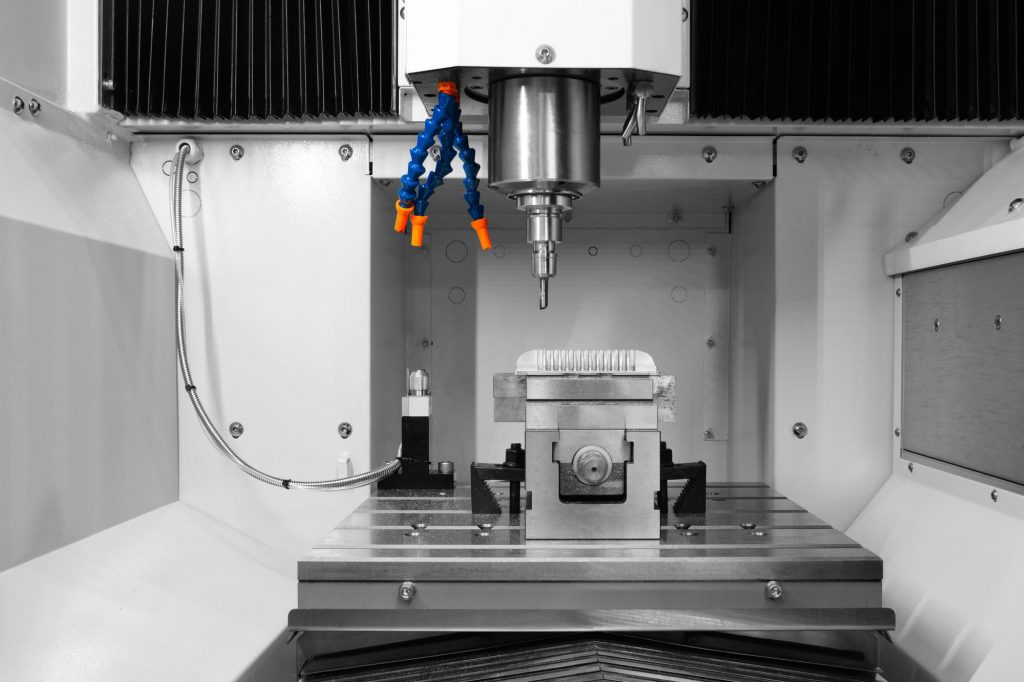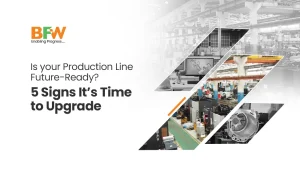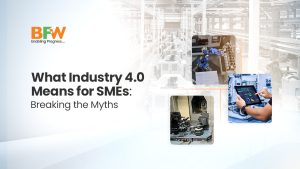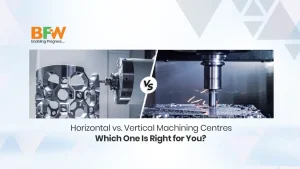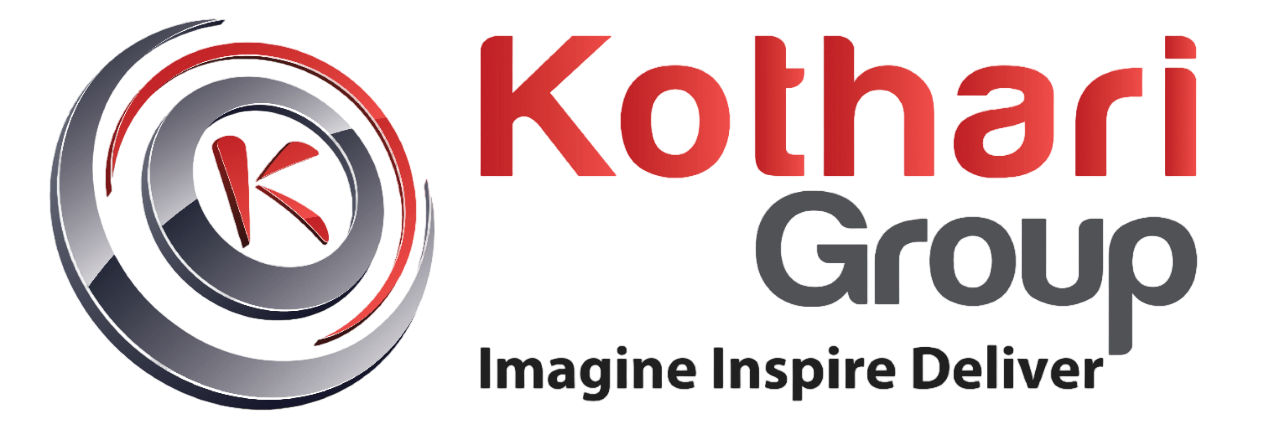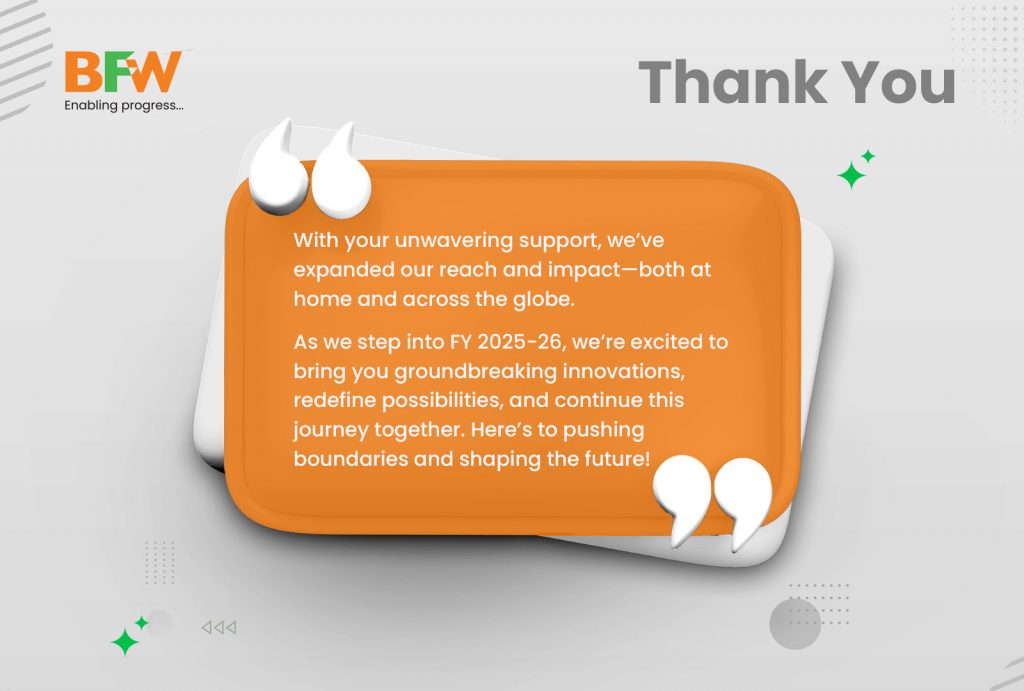Automation has transformed the way industries operate, driving efficiency and precision like never before. In manufacturing, one of the most significant advancements has been the integration of Computer Numerical Control (CNC) machining systems that minimise human intervention while maximising output. This shift has led to faster production, greater accuracy, and the ability to create complex designs with ease. Learn more about CNC automation in this article.
What is CNC machining?
Before we get into what CNC automation is, we need to understand what CNC machining is. Computer Numerical Control or CNC machining is a manufacturing process where pre-programmed computer software dictates the movement of machinery and tools. This allows for precise cutting, drilling, milling, and turning of materials like metal, plastic, and wood with minimal human intervention.
Unlike manual machining, where an operator controls the machine directly, CNC machining follows a set of coded instructions to execute highly accurate and repeatable operations. This technology has revolutionised manufacturing by increasing efficiency, reducing errors, and enabling the production of complex parts that would be difficult or impossible to achieve manually.
What is CNC automation?
Building on CNC machining, CNC automation enhances efficiency by minimising manual intervention through advanced technologies. It streamlines production with features like:
- Robotic integration – Robots handle material loading, unloading, and part transfers, reducing downtime and improving workflow efficiency.
- Automated tool changers – Machines switch tools automatically, enabling seamless transitions between machining operations without manual input.
- Pallet systems – Workpieces are swapped automatically, allowing machines to operate continuously and maximise output.
- Smart software and AI – Optimised tool paths, predictive maintenance, and adaptive control enhance precision while reducing material waste in the production process.
- Lights-out manufacturing – Fully automated systems enable unattended production, running machines overnight or during off-hours to boost productivity and optimise the production plan.
Benefits of CNC automation
CNC automation offers numerous benefits that enhance productivity, precision, and cost efficiency in manufacturing. Key advantages of CNC automation for businesses include:
- Increased productivity – Automated systems operate continuously with minimal downtime, significantly boosting production capacity. With robots handling material loading and tool changers minimising setup time, manufacturers can complete more work in less time.
- Improved precision and consistency – Eliminates human error, ensuring every part is machined with high accuracy and repeatability. This is crucial in industries like aerospace and medical manufacturing, where tight tolerances are required for safety and performance.
- Reduced labour costs – Minimises the need for manual intervention, allowing operators to focus on higher-value tasks. Companies can allocate skilled workers to programming, quality control, and process optimization rather than repetitive manual operations.
- Faster turnaround times – Streamlined workflows, automated material handling, and tool changers reduce cycle times for quicker delivery. This allows manufacturers to meet tight deadlines and respond quickly to market demands.
- Scalability – Enables high-volume production without compromising quality, making it easier to scale operations. Businesses can expand capacity without a proportional increase in workforce or production space.
- Enhanced safety – Reduces operator exposure to hazardous environments by automating dangerous machining tasks. With robotics and enclosed CNC systems, the risk of injuries from moving parts, heat, or sharp tools is significantly lowered.
- Lower material waste – AI-driven optimisation and precise machining reduce scrap and improve material utilisation. Advanced software calculates the most efficient cutting paths, reducing offcuts and making production more sustainable.
- 24/7 operation – Lights-out manufacturing allows machines to run unattended, maximising output without increasing labor hours. This is particularly beneficial for meeting high production demands while keeping operating costs low through effective automation systems.
Applications of CNC automation
CNC automation is widely used across industries, revolutionising manufacturing by improving efficiency, precision, and scalability.
Aerospace
Advanced machining processes enable the production of high-precision engine components, landing gear parts, and structural elements from lightweight alloys and composites. Multi-axis machining allows for the creation of aerodynamic shapes with tight tolerances, reducing weight while maintaining strength. Automated quality control systems ensure every part meets rigorous safety and performance standards required for aircraft and spacecraft.
Automotive
Mass production of engine blocks, transmission parts, brake components, and chassis elements becomes faster and more consistent with robotic integration. Automated loading and unloading of materials reduce human labor, while rapid prototyping helps manufacturers test and refine new designs efficiently. The ability to machine high-strength materials like aluminum and steel ensures durability in critical automotive components.
Medical and healthcare
The production of surgical instruments, orthopaedic implants, dental prosthetics, and custom medical devices requires extreme precision. AI-driven software ensures compliance with strict industry regulations, while automation enables large-scale manufacturing of implants tailored to individual patients. The ability to process biocompatible materials like titanium and stainless steel makes automation a key driver of innovation in healthcare.
Electronics
Micro-machining capabilities allow for the drilling of circuit boards, precision cutting of heat sinks, and the production of enclosures for smartphones, computers, and other electronic devices. Automated systems handle intricate designs with high accuracy, supporting the growing demand for miniaturised components. High-speed production lines improve efficiency while maintaining consistency in mass manufacturing.
Defence and military
High-strength materials like titanium and composite armour require precise machining for use in firearms, missile guidance systems, aircraft, and armoured vehicles. The combination of advanced cutting tools, robotics, and quality inspection systems ensures reliability in mission-critical applications. Automation also enhances production speed, enabling defense contractors to meet strict deadlines without compromising on durability and performance.
Energy and power generation
Turbine blades, nuclear reactor components, and precision parts for wind, solar, and hydroelectric systems require machining with tight tolerances to ensure structural integrity. Automation helps reduce production times while improving material efficiency. Predictive maintenance and AI-driven monitoring systems minimise equipment failures, improving overall reliability in power plants and renewable energy installations.
Oil and gas
High-strength drill bits, valves, pipelines, and pressure vessels must endure extreme conditions in deep-well drilling operations. Automated machining processes ensure durability, consistency, and precision, reducing equipment failure in high-pressure environments. The ability to produce custom components on demand streamlines pipeline construction and refinery maintenance, cutting downtime and improving efficiency.
Construction and heavy equipment
Hydraulic components, gears, and structural parts for excavators, cranes, and bulldozers must withstand heavy loads and harsh environments. Automation accelerates production and enhances durability by ensuring high-precision machining of reinforced materials. Prefabricated construction materials also benefit from automated production, making large-scale building projects more cost-effective and efficient.
Consumer goods and appliances
High-precision shaping and assembly improve the quality and longevity of household appliances, kitchenware, and sporting goods. Automation enables mass production while maintaining accuracy, ensuring seamless assembly and uniform product quality. Customisation options become more accessible, allowing manufacturers to produce personalised designs without disrupting production efficiency.
Jewellery and watchmaking
Intricate engraving, stone setting, and precision cutting of metals and gemstones benefit from high-speed milling and laser engraving. Fine jewellery and luxury watches require a balance of craftsmanship and precision, which automation enhances by reducing the time needed for manual finishing. Consistency and minimal material waste allow for detailed, high-quality designs at scale while maintaining exclusivity.
Conclusion
The adoption of CNC automation continues to revolutionise manufacturing by increasing efficiency, precision, and scalability across industries. CNC automated machining reduces costs and production times and enhances safety, quality control, and sustainability. As technology advances, smarter AI-driven systems and robotics will further refine manufacturing processes, making automation an essential tool for businesses looking to optimise operations. Whether in aerospace, healthcare, or consumer goods, CNC automation remains a driving force behind modern industrial innovation.

